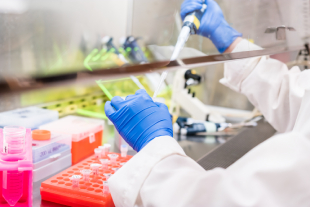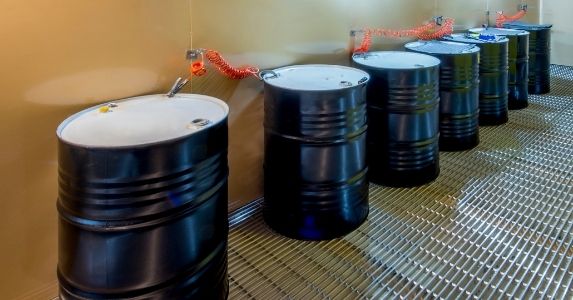For Your Lab: Ducted or Ductless Fume Hoods?
Chemical laboratories, although essential for life sciences, academia, and industry, are also potential places of elevated risk. In this blog, we’ll focus on how your lab fume hood ventilation choices affect safety.
Ventilation: A Key Safety & Compliance Component
For lab and operations managers who are designing, equipping, or planning for their lab areas, safety is paramount. To that end, these key workspaces require the proper ventilation of chemical toxins and other byproducts.
Toxic chemical vapor leaks can harm your employees, stop operations, compromise your experiments or processes, and cost time and money. In fact, just last month, a chemical and vapor leak in Madison, Wisconsin, required a hazmat response and a rapid facility evacuation, according to an official first responder statement.
Chemical vapor leaks also can lead to fines for safety noncompliance and cause terrible publicity. However, there are ways to ensure you avoid leaks: You can do this through advanced lab design, equipment, and training. For instance, many labs are laid out with embedded directional airflows, and you can actually monitor the crucial ventilation processes.
We’ll say at the onset, if you’re designing your lab and trying to select the right hood engineering control solution, it can seem a daunting task. There are a variety of choices out there—but we’ll try to help you select the right fume hood ventilation equipment for your space.
Ducted Fume Hood
This is the most popular local exhaust used within a chemical laboratory. This unit consists of a movable shield (which can be horizontal, vertical, or both), work surface, hood, and blower—along with a duct that transports incoming air to outside the building.
Pros:
The ducted fume hood is an attractive option because it can:
- Handle a wide variety of chemicals
- Be used for process-specific or experimental work
- Help contain any chemical spills occurring during a procedure
- Be cleaned and operated with relative ease
- Need periodic maintenance as little as once yearly
Cons:
On the other hand, designers, engineers, or managers investigating ducted fume hoods must also realize that:
- The building’s ventilation system must be robust enough to provide the requisite amount of air to the fume hood, so that it is within the acceptable face velocity range. The air must enter the fume hood face opening fast enough to protect the user from chemical vapors, fumes, and dust.
- If a building’s heating, ventilation, and air conditioning (HVAC) system can’t meet the fume hood requirements, the facility’s ductwork and roof will need costly system updates.
- Once a ducted fume hood is installed, it’s difficult to relocate, so it may not be an ideal choice for a lab space slated for a revamp in the near future.
- If you do relocate, the chosen location must have an HVAC connection.
- If you’re working with strong acids (like perchloric acid) or with radioisotopes, you’ll need a specialized fume hood.
Ductless Fume Hood
This equipment is not as common as the ducted variety. It is best suited for labs that infrequently conduct small-scale chemical experiments (for example, no more than 10 chemicals per application, with a volume of less than 500 milliliters). As the name suggests, with this gear, there is no duct and no need for HVAC connections. Instead, during operation, the air passes through a filter within the fume hood and recirculates back into the lab space.
Pros:
On the positive side, a ductless fume hood is:
- Usually only half the price of a ducted fume hood, since the unit is not dependent on an HVAC system
- Easy to use and operate
- Placeable anywhere in a lab
Cons:
Considerations for prospective buyers:
- The unit filter limits the type and amount of chemicals that you can use—for example, a high-efficiency particulate absorbing (HEPA) filter can only be used for particulates; a formaldehyde carbon filter is limited to formaldehyde procedures; and radioisotope carbon filters only neutralize radioisotopes.
- The filter change-out schedule requires diligent management—the filters may require bimonthly swaps, depending on the laboratory’s workload.
Proper ventilation, along with fire control, air conditioning, and other factors are key to a safe lab. Looking to create a comprehensive approach to your lab’s safety? Talk to us—we offer a variety of services, from chemical inventory management to full partnership for EHS services.






